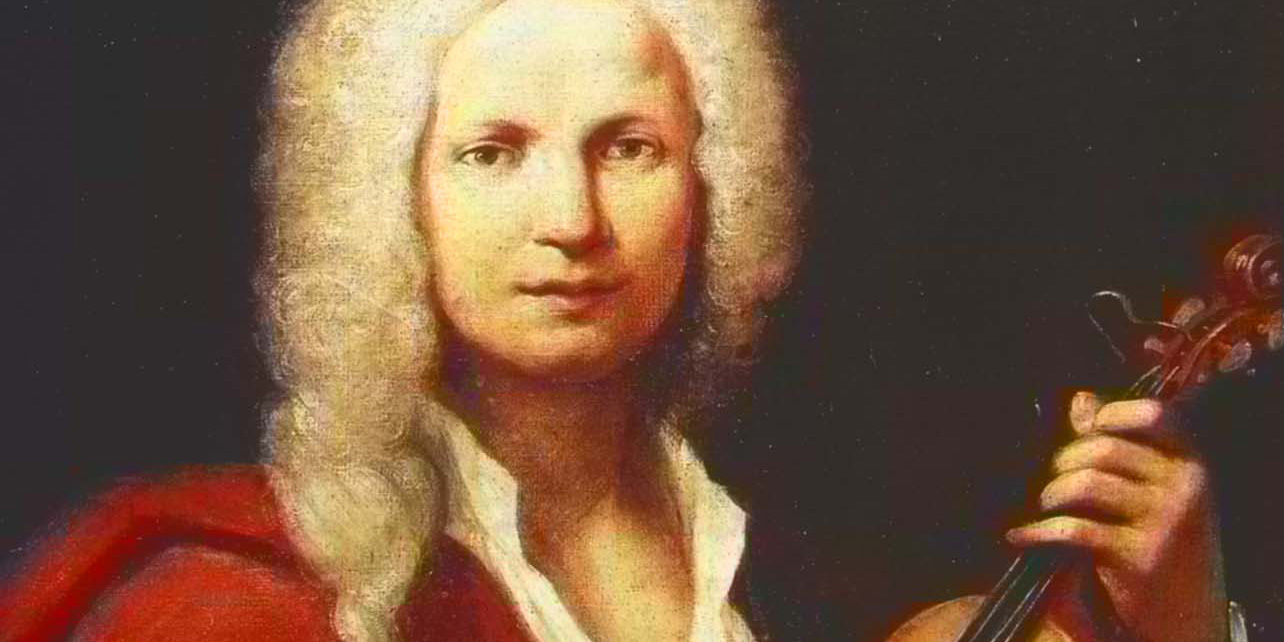Latest Comments

Antonio Vivaldi: A Comprehensive Biography
Antonio Lucio Vivaldi (1678-1741) stands as a towering figure in the landscape of Baroque music. An Italian composer, virtuoso violinist, teacher, and ordained priest, Vivaldi’s[…]

Vivaldi – Violin Concertos
Antonio Vivaldi (1678–1741), known as “The Red Priest” due to his red hair and clerical status, is one of the most celebrated composers of the[…]

The 5 Best Compositions by Antonio Vivaldi
Antonio Vivaldi (1678–1741) was one of the most influential composers of the Baroque period. His music is known for its vibrant energy, rich harmonies, and[…]

The Story Behind Vivaldi’s Gloria
Antonio Vivaldi, one of the most celebrated composers of the Baroque period, created a vast repertoire of music that continues to captivate audiences worldwide. Among[…]

The Story Behind Vivaldi’s Gloria
Antonio Vivaldi, one of the most celebrated composers of the Baroque era, is renowned for his contributions to both sacred and secular music. Among his[…]

Top 10 Vivaldi Songs
Antonio Vivaldi (1678–1741), the prolific Baroque composer and virtuoso violinist, left a profound legacy in the world of classical music with his vibrant and evocative[…]

Antonio Vivaldi – Biography and Life
Antonio Vivaldi, a virtuoso composer of the Baroque era, left an indelible mark on the world of classical music with his innovative compositions and unparalleled[…]

Fascinating facts about Vivaldi
Antonio Vivaldi, a Baroque composer from Venice, Italy, was a musical genius whose works continue to captivate and inspire audiences worldwide. Here are ten fascinating[…]

The Harmonious Masterpieces: Discovering Antonio Vivaldi’s 7 Best Songs
When it comes to baroque music, the name Antonio Vivaldi is often at the forefront of discussions. Born in Venice in 1678, Vivaldi was a[…]

Antonio Vivaldi: The Melodious Maestro of Baroque Music
In the world of classical music, few composers have left as indelible a mark as Antonio Vivaldi. Born in Venice, Italy, on March 4, 1678,[…]
© 2025 Top Classical Music. Created with ❤ using WordPress and Kubio